Hydraulic motors are vital components across numerous industries, known for their high torque output, durability, and compact design.
1. Construction Machinery
Hydraulic motors play an indispensable role in construction machinery. Common applications include:
Excavators: used to drive tracks, turntables and booms, allowing the equipment to accurately complete earthwork operations.
Cranes and tower cranes: Hydraulic motors provide power for the lifting and rotation systems to ensure smooth operation of the equipment under heavy load conditions.
Bulldozers and loaders: They rely on hydraulic motors to drive buckets and tracks to achieve stable movement and operation in complex terrain.
These equipment usually work under extreme conditions, and hydraulic motors are the first choice due to their impact resistance and anti-pollution properties.
2. Agricultural Equipment
Agricultural modernization is inseparable from hydraulic systems, and specific applications of hydraulic motors include:
Combine harvesters and seeders: drive key mechanisms such as headers, conveyor belts, and seed distributors.
Sprayers and irrigation systems: Hydraulic motors are used to drive nozzle systems and pumps to evenly distribute fertilizers or water.
Round balers and balers: Provide stable power for baling rollers and compaction mechanisms to improve operating efficiency.
In agriculture, the low speed and high torque characteristics of hydraulic motors enable equipment to adapt to various field operation requirements.
3. Mining and Drilling
The mining industry has extremely high requirements for equipment stability and resistance to harsh environments. The main applications of hydraulic motors are:
Rock drills and crushing equipment: used to drive drill bits or crushing arms to output strong impact force.
Conveyor belt system: hydraulic motors provide continuous power to transport ore and crushed materials.
Mine ventilation and pump station system: operating in a confined space, the hydraulic system is safer and more reliable.
Because hydraulic motors can operate for a long time in high dust, humidity and high load environments, they are widely used in underground or open-pit mining.
4. Industrial Automation
In manufacturing and assembly lines, the stability and controllability of hydraulic motors make them a key driving source, commonly found in:
Presses and punches: provide stable and strong pressure for forming, cutting or punching.
Robotic arms and turntables: achieve precise position control and multi-angle movements.
Automatic conveying systems: Drive long-distance or heavy material handling lines to improve production efficiency.
Hydraulic systems perform particularly well in industrial environments with limited space but high power requirements.
5. Marine and Offshore
In marine environments, equipment must resist corrosion, high humidity and strong winds and waves. Common uses of hydraulic motors include:
Anchor winches and winches: Used for operations such as anchoring and berthing of ships, large torque and precise control are required.
Steering gear system: Stable adjustment of the direction of the ship is achieved through hydraulic control.
Booms and cranes: Hydraulic motors ensure reliable lifting or placement of heavy objects during deck operations.
In addition, hydraulic motors are widely used in wellhead control and power units in offshore drilling platforms.
6. Forestry Equipment
Forest operations often face complex terrain and heavy load challenges. Hydraulic motors can be used for:
Logging machines and cutters: Drive saw blades or cutting heads to efficiently complete wood harvesting.
Tractors and skidders: Provide strong traction for easy transportation of logs.
Tree peeling and cutting equipment: High torque output makes wood processing smoother and safer.
The anti-pollution ability of hydraulic motors is particularly important in the dusty working environment of forests.
7. Material Handling Systems
In warehousing, logistics and manufacturing industries, hydraulic motors are used for:
Forklifts: Drive lifting mechanisms and travel systems to increase load capacity and flexibility.
Lifting platforms and elevators: Provide stable lifting force to ensure safe and efficient handling.
Conveying equipment: Drive rollers, chains and other components to automate the movement of heavy objects.
These systems require equipment to respond quickly to control signals, and hydraulic motors can achieve fast and smooth starting and stopping.
8. Oil and Gas Industry
Hydraulic motors perform well in the high-pressure, high-risk environments of the oil and gas industry. The main applications are:
Drilling platforms: Hydraulic motors are used to drive derrick lifting equipment, rotary tables and drill strings.
Pipeline installation and handling systems: Achieve precise pipe docking, movement and rotation.
Wellhead control equipment (BOP): In an emergency, the hydraulic system can quickly close the wellhead to prevent blowout.
The hydraulic system outperforms traditional electric systems in terms of explosion protection, heat insulation, and corrosion resistance, making it an ideal choice for offshore or onshore oil fields.

 ENG
ENG
 English
English русский
русский Español
Español
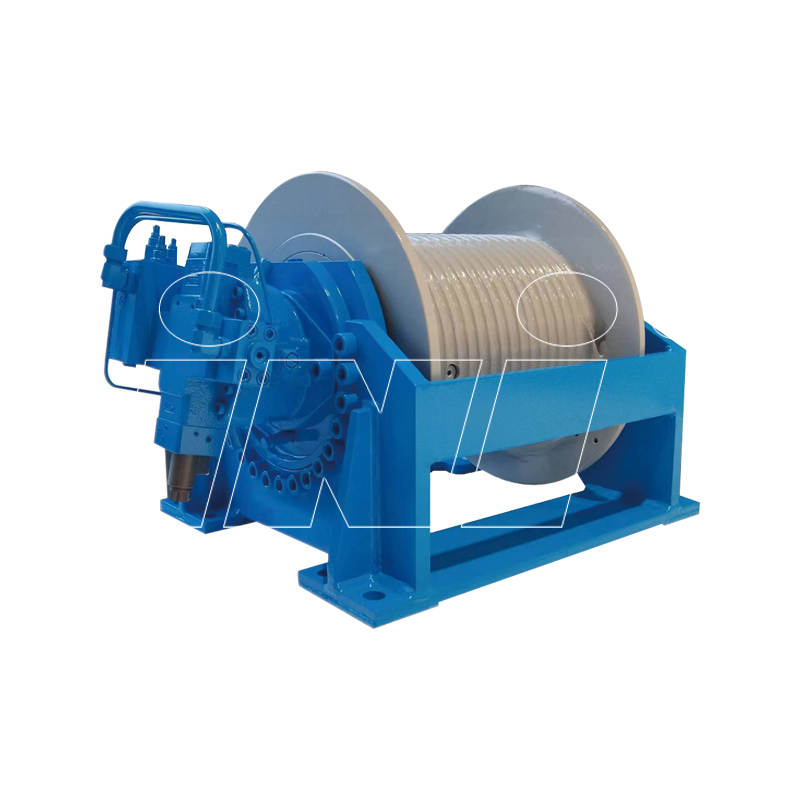
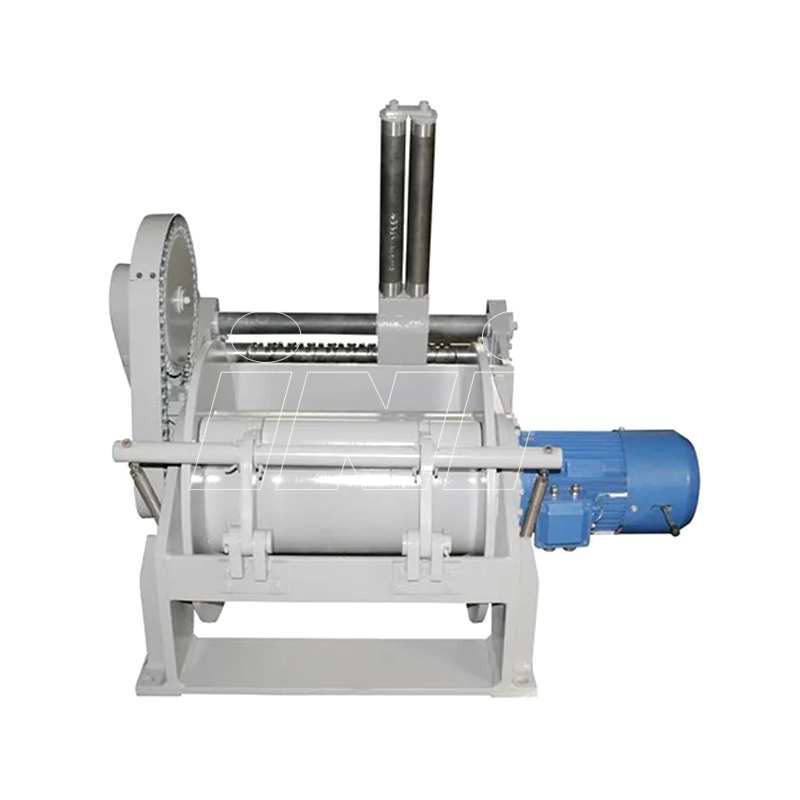


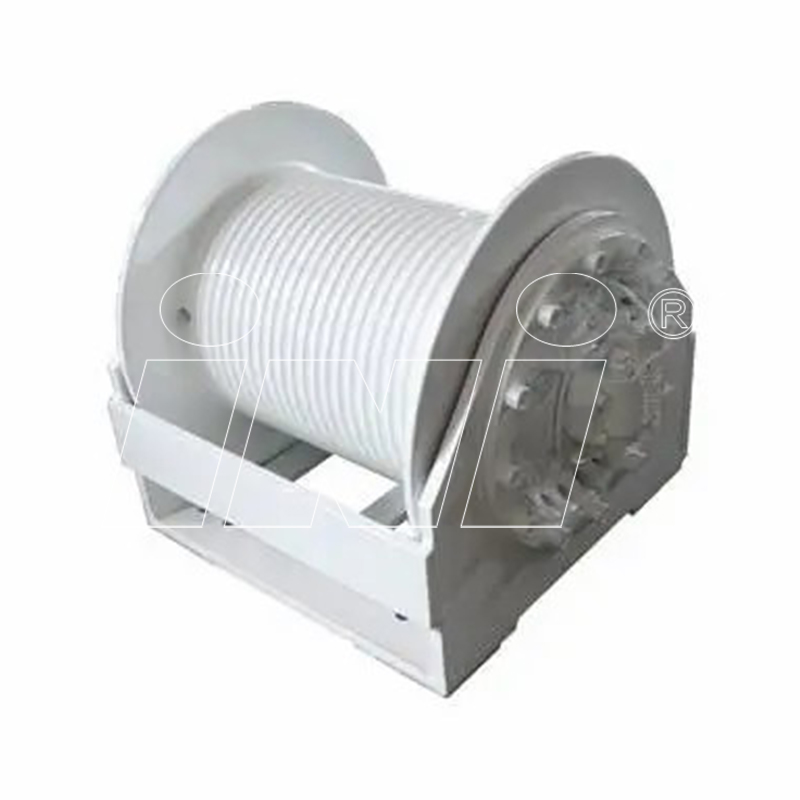
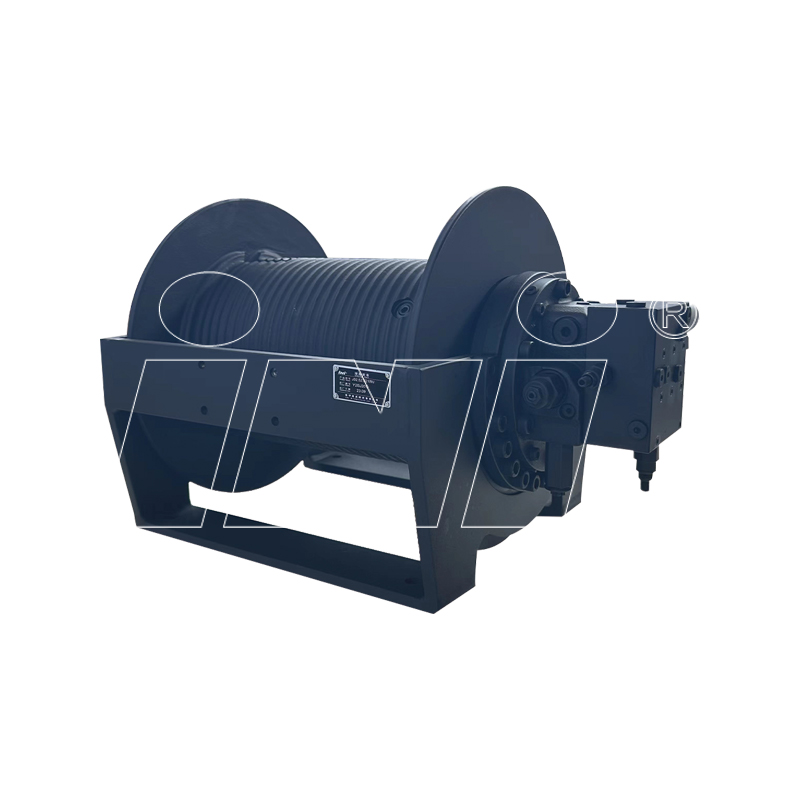
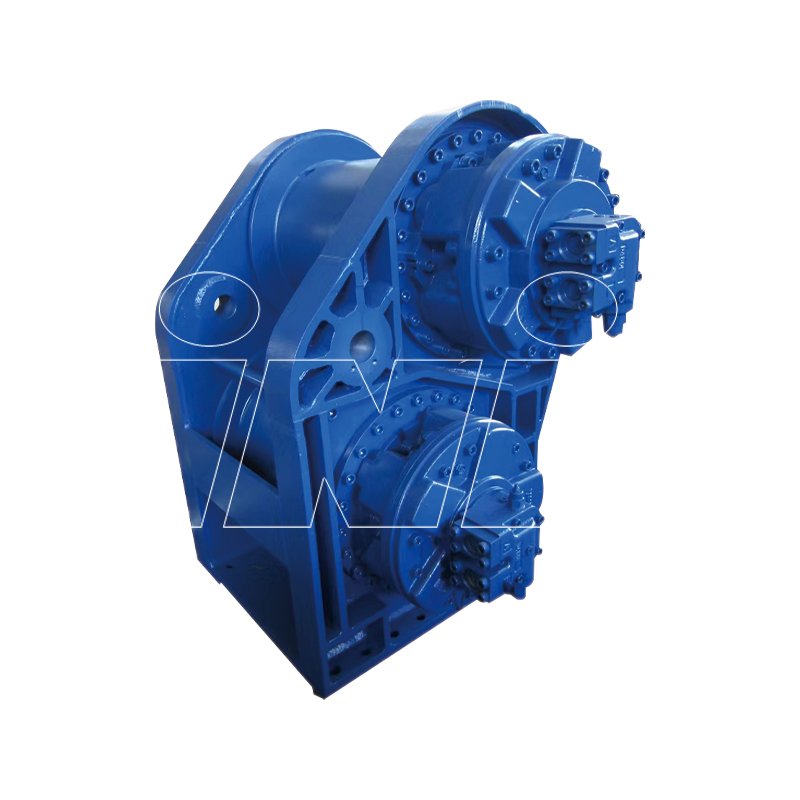

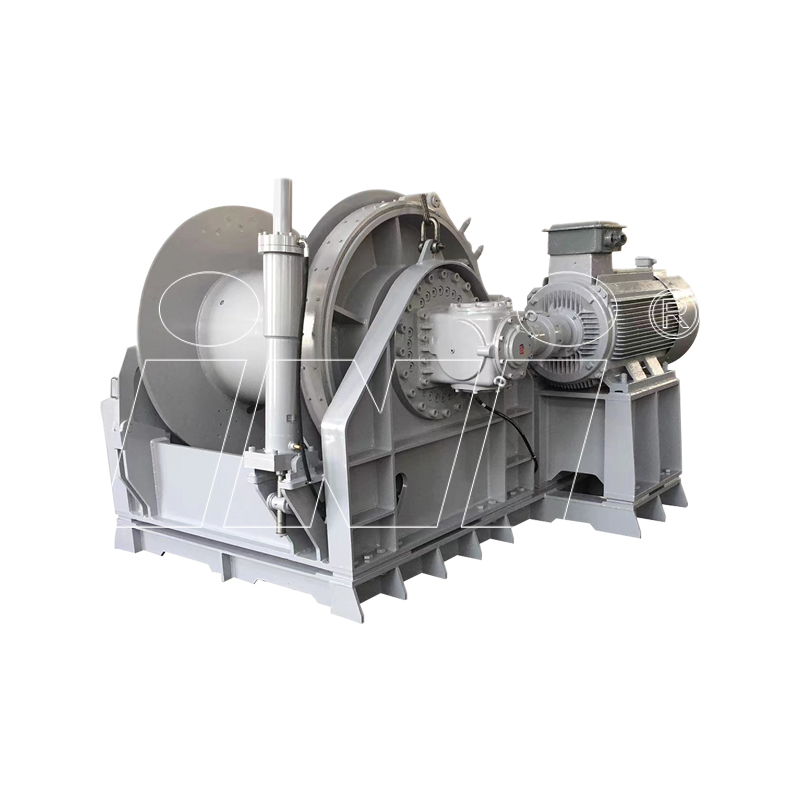

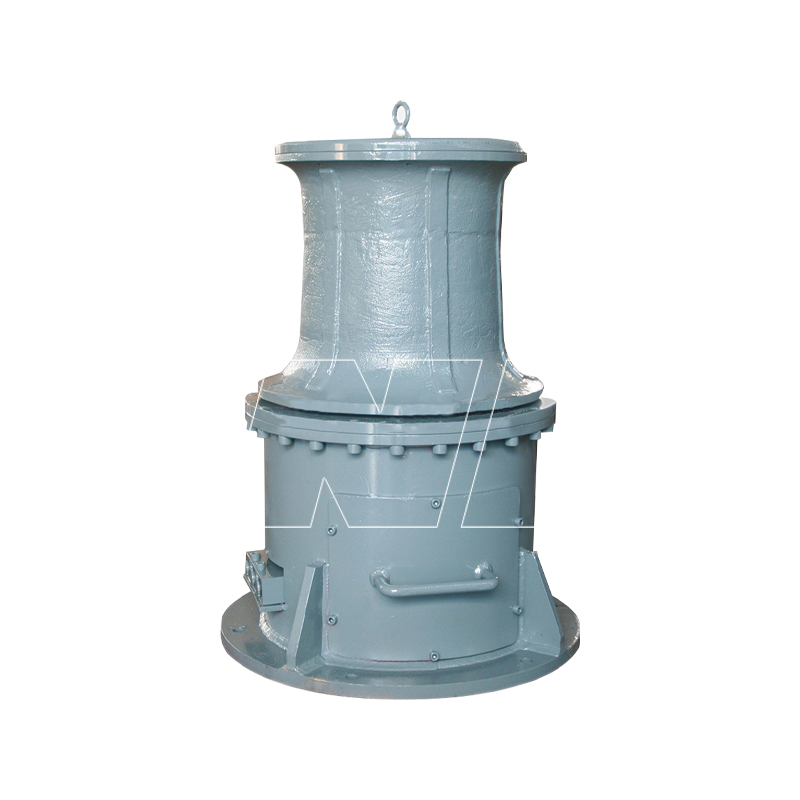
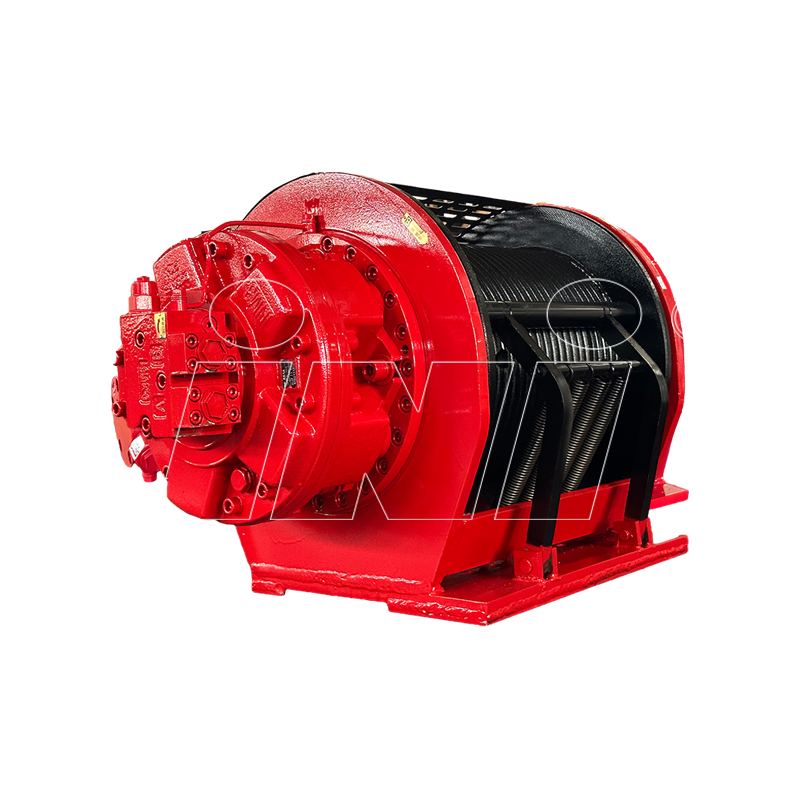
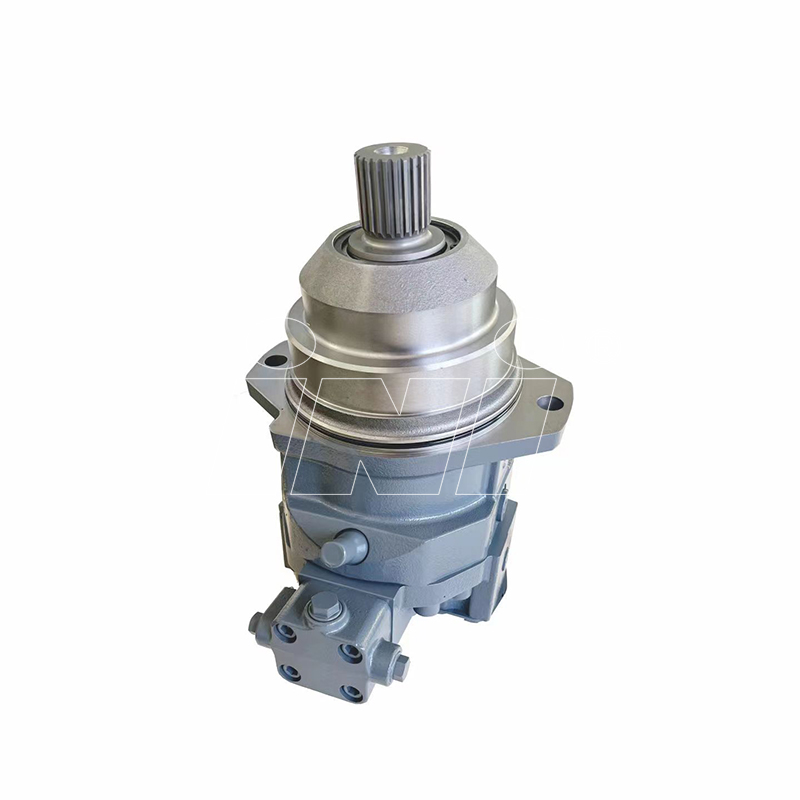
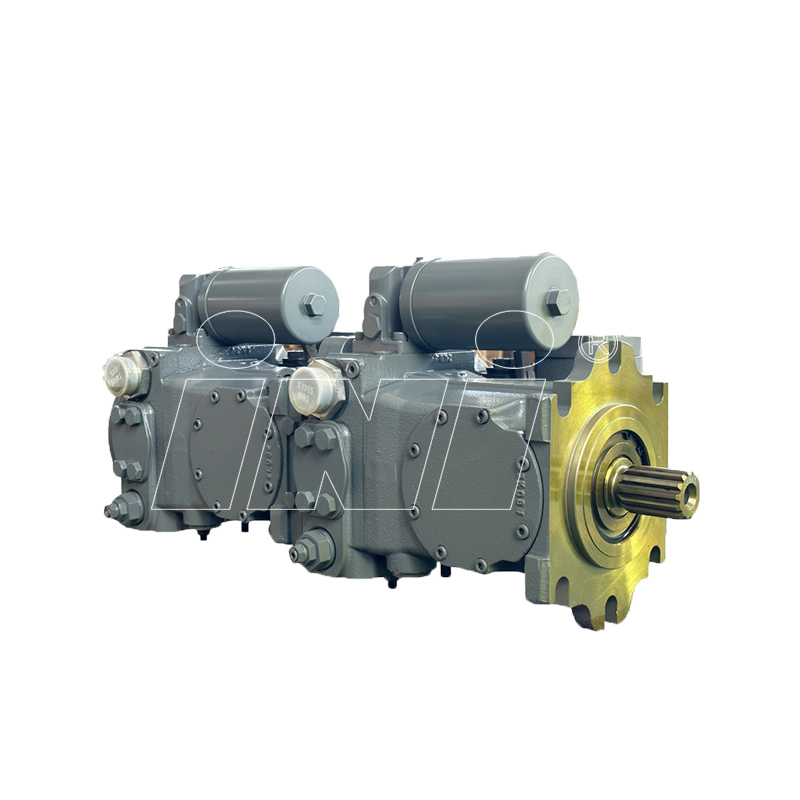
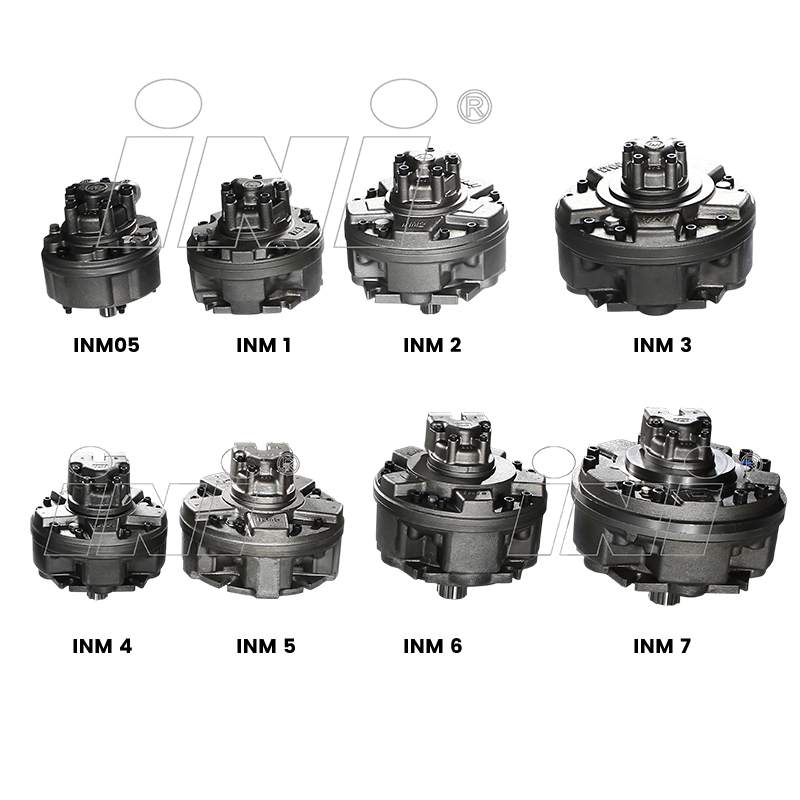

 English
English русский
русский Español
Español
 TOP
TOP